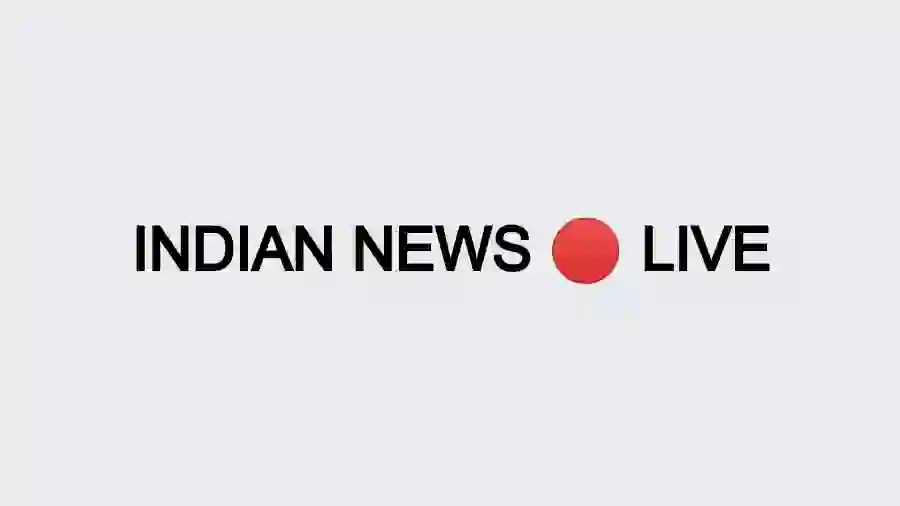In the New Year 2021, tackling the debt problem facing banks is the main challenge. Many companies, particularly Micro, Small and Medium Enterprises (MSME) units, are unable to stand up to the strain caused by the coronavirus epidemic that hit the economy in the first quarter of the current financial year.
There is no shortage of money in the banking system
Banks face the challenge of weak credit growth in the coming months. Private sector investment during this period was influenced by credit growth in the corporate sector. There is no shortage of money in the banking system, but despite this the demand for credit from the corporate sector remains slow. With better recovery than expected in the economy, banks are hoping that the demand for credit will soon be met. The country’s gross domestic product (GDP) fell sharply to 23.9 percent in the first quarter, but fell sharply to 7.5 percent in the second quarter, but industry confidence and perception have not yet shown that strength. This is normal. Private sector investment has remained relatively low over the past few years, and the task of lifting the economy rests on the bulk of public spending.
The trapped debt did not show up
For the banking sector, the spread of coronavirus in the early months of the year also affected its performance. Non-performing Amortization (NPA) means that he does not appear to have lost his debt. The first big setback in this case was in March when the Reserve Bank banned the operation of the besieged Yes Bank. As soon as the issue of Yes Bank showed, the economy was plagued by the corona virus epidemic. A nationwide lockdown was imposed and the budget session of parliament was postponed.
The merger process of public sector banks did not stop
However, the government has not stopped the process of merger of public sector banks during the year. Six public sector banks were merged with four other banks. The move is aimed at creating the largest financial institutions in the country. From April 1, the United Bank of India and the Oriental Bank of Commerce were merged into the Punjab National Bank. With this merger, PNB became the country’s second largest public sector bank. Andhra Bank and Corporation Bank merged with Mumbai-based Union Bank of India. Syndicate Bank was merged with Canara Bank while Allahabad Bank was merged with Chennai-based Indian Bank.
The merger increased lending capacity
Debashish Panda, secretary of the financial services division, told PTI – “The merger is almost constant.” Despite the lockdown, it was planned. The initial positive signs of the merger of banks began to appear. They now have a large portfolio and their lending capacity has also increased. In addition, the products of various banks are associated with the merged lead bank. The Reserve Bank solicited customers from paying bank loan installments while releasing people who lost their jobs and lost income during the lockdown caused by the corona virus epidemic. During this period, the banks’ debt NPA process was also postponed. The Supreme Court has since blocked the identity of the NPA cases until further orders.
The burden has increased because interest has not taken interest
The banks have been told not to take interest on loans up to Rs 2 crore on the orders of the Supreme Court. The order was issued during the loan installment from March 1, 2020, for the next six months. This would put an additional burden of Rs 7,500 crore on the government. Under the direction of RBI, banks have implemented a one-time debt restructuring scheme for large companies. Strict Rs. Companies operating under pressure due to the corona virus were given time until December to get the plan.
Can Air India, a government agency on BPCL privatization, meet its investment target?
Panda said of the demand for the loan. It was weak for most of the year. However, activity in agriculture and retail credit has increased slightly since September. Demand has increased under the Emergency Loan Facility Guarantee Scheme (ECLGS) launched by government intervention in the MSME sector. He said the government has made efforts to increase demand in the company segment and that recently the benefit of ECLGS has been made available to some other sectors.
Banks’ total NPAs could reach 12.5 per cent
According to the Reserve Bank’s Financial Stability Report released in July, banks’ total NPAs could reach 12.5 per cent by the end of this year. By the end of March this year, it was set at 8.5 per cent. If we talk about public sector banks, their total NPAs could reach 15.2 per cent in March 2021. At the same time, the total NPAs of private banks and foreign banks may increase from 4.2 and 2.3 percent to 7.3 and 3.9 respectively.
.








